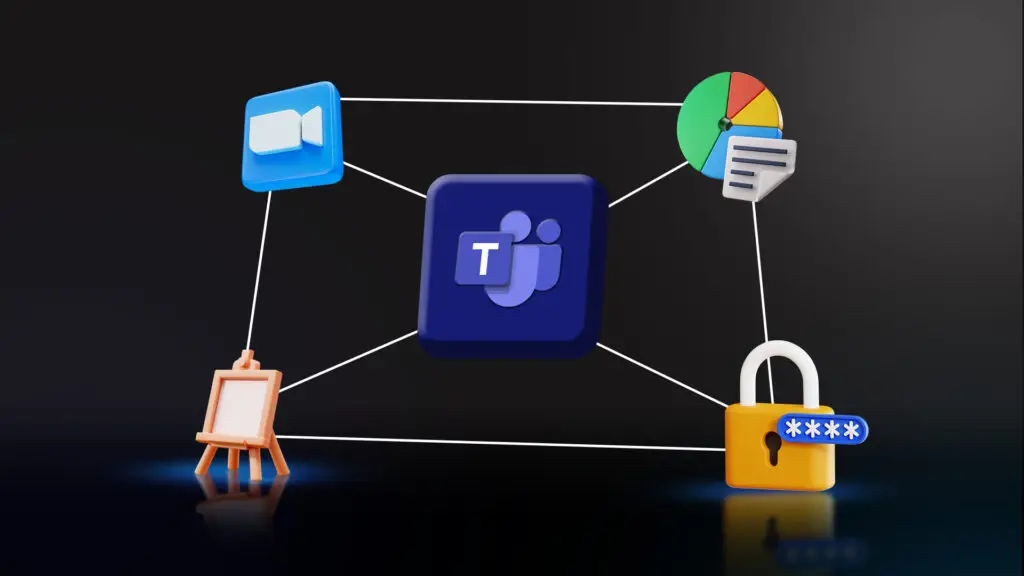Microsoft Teams for Education: What’s New & What It Means for You

In today’s digital learning environment, Microsoft Teams for Education continues to evolve, offering new tools and enhancements to improve collaboration, engagement, and efficiency in the classroom. Whether you’re an educator, student, or administrator, these updates aim to streamline communication, enhance learning experiences, and make remote and hybrid education more effective.
Let’s explore the latest features in Microsoft Teams for Education and how they can benefit you.
What’s New in Microsoft Teams for Education?
- Teams Meeting Recording with Automatic Transcription & Speaker Attribution
- When a class or meeting is recorded, Teams now automatically generates a transcript, identifies who is speaking, and allows search within the transcript.
- Why it’s useful: Supports accessibility, helps students review classes, and reduces admin time for staff.
- OneNote – Math Solver and Equation Steps
- In OneNote, students can now write an equation and the tool will solve it step-by-step with explanations.
- Why it’s useful: Great for supporting students in math, physics, and engineering without external tools.
- Outlook – Bookable Time with Scheduling Polls (Outlook Web / Teams Integration)
- Professors or admin staff can send links with pre-defined time slots for students to book office hours or meetings.
- Why it’s useful: Eliminates email back-and-forth, streamlines appointment scheduling.
- Loop Components in Teams Chat (live-sync collaborative components)
- Users can now send editable checklists, tables, or lists in Teams chat that update in real-time, similar to Google Docs inside chat.
- Why it’s useful: Ideal for team assignments, departmental collaboration, or quick academic task planning.
Conclusion
Microsoft Teams for Education continues to evolve, providing educators, students, and administrators with powerful tools to enhance learning experiences. These updates reflect Microsoft’s commitment to making education more accessible, engaging, and efficient.
If you haven’t explored the latest features yet, now is the perfect time to integrate them into your educational workflows. Embrace these changes and take your digital classroom to the next level!
Are you using Microsoft Teams for Education? Let us know how these updates impact your teaching and learning experience!
Unlocking Adoption: How to Get Faculty & Students to Embrace New Tech

In today’s fast-paced digital world, educational institutions are continuously integrating new technologies to enhance learning experiences. However, the success of these innovations depends largely on adoption by faculty and students. Resistance to change, lack of training, and unclear benefits can hinder technology integration. To ensure a seamless transition, institutions need a well-structured approach. Here are key strategies to drive adoption and engagement.
Make the tool simple and intuitive
Choose solutions that are simple and intuitive An optimized UX/UI with a smooth user experience reduces the learning curve and encourages usage.
Ensure seamless integration with existing systems
Prioritize tool and solution that seamlessly integrate with existing systems like your LMS, collaboration tool or ERP to avoid duplicate data entry and maximize adoption.
Automate certain tasks for teachers
Automate certain tasks for teachers Less friction = better adoption. Example: Automatic creation of Teams classes, student synchronization, and automated course link distribution.
Offer incentives for adoption
Offer incentives for adoption Provide badges, certificates, and training credits for teachers who quickly adopt the platform.
Highlight success stories
Highlight success stories Testimonials from other universities or teachers who have successfully transitioned encourage new users to engage.
Conclusion
Unlocking adoption requires a strategic, user-centric approach that addresses challenges, offers training, and showcases benefits. By fostering an environment that encourages learning and adaptation, institutions can ensure faculty and students not only embrace new technology but also maximize its potential to enhance education. With the right strategies in place, technology can become a seamless part of the learning experience, driving engagement and improving outcomes for all stakeholders.




